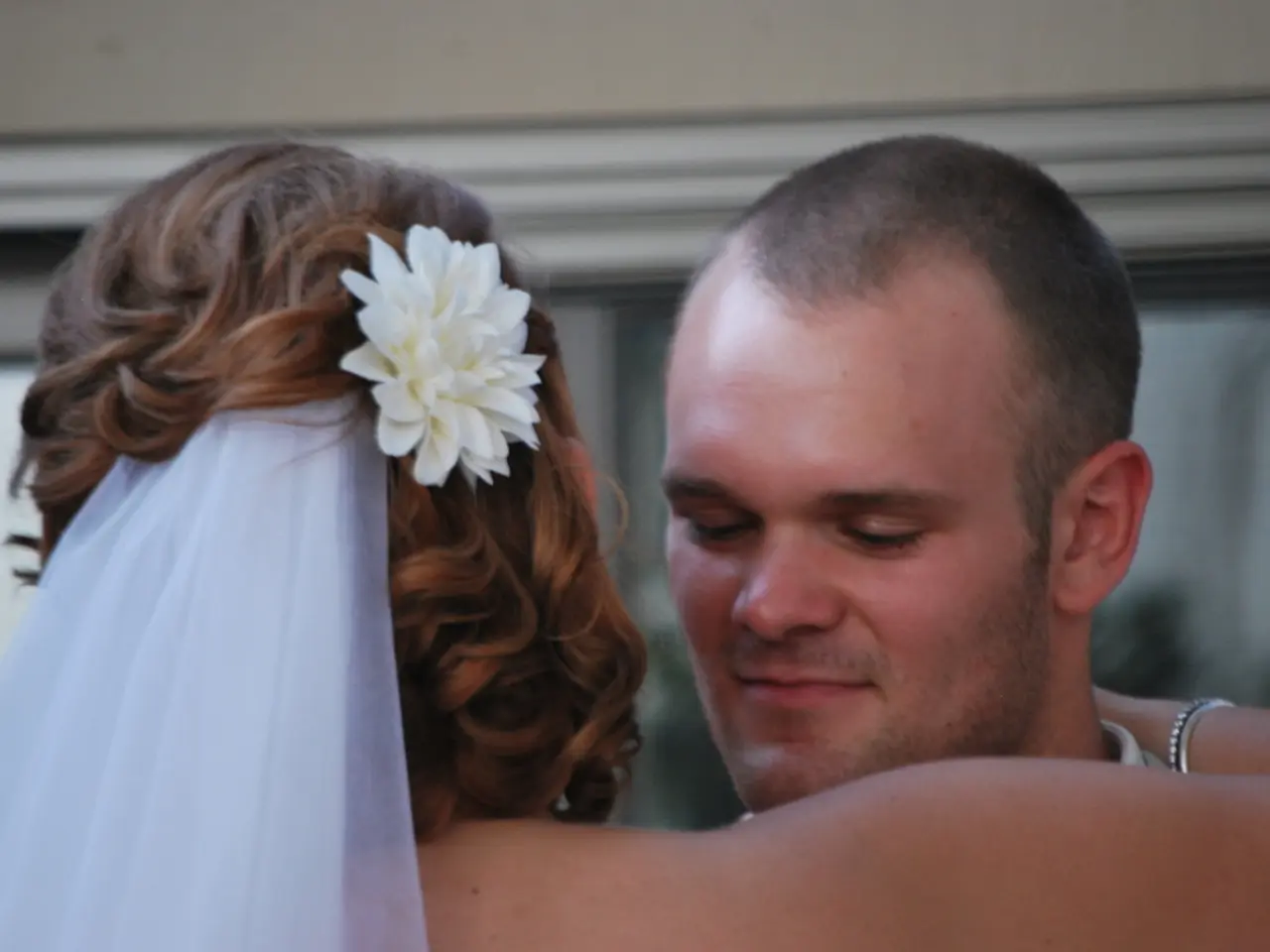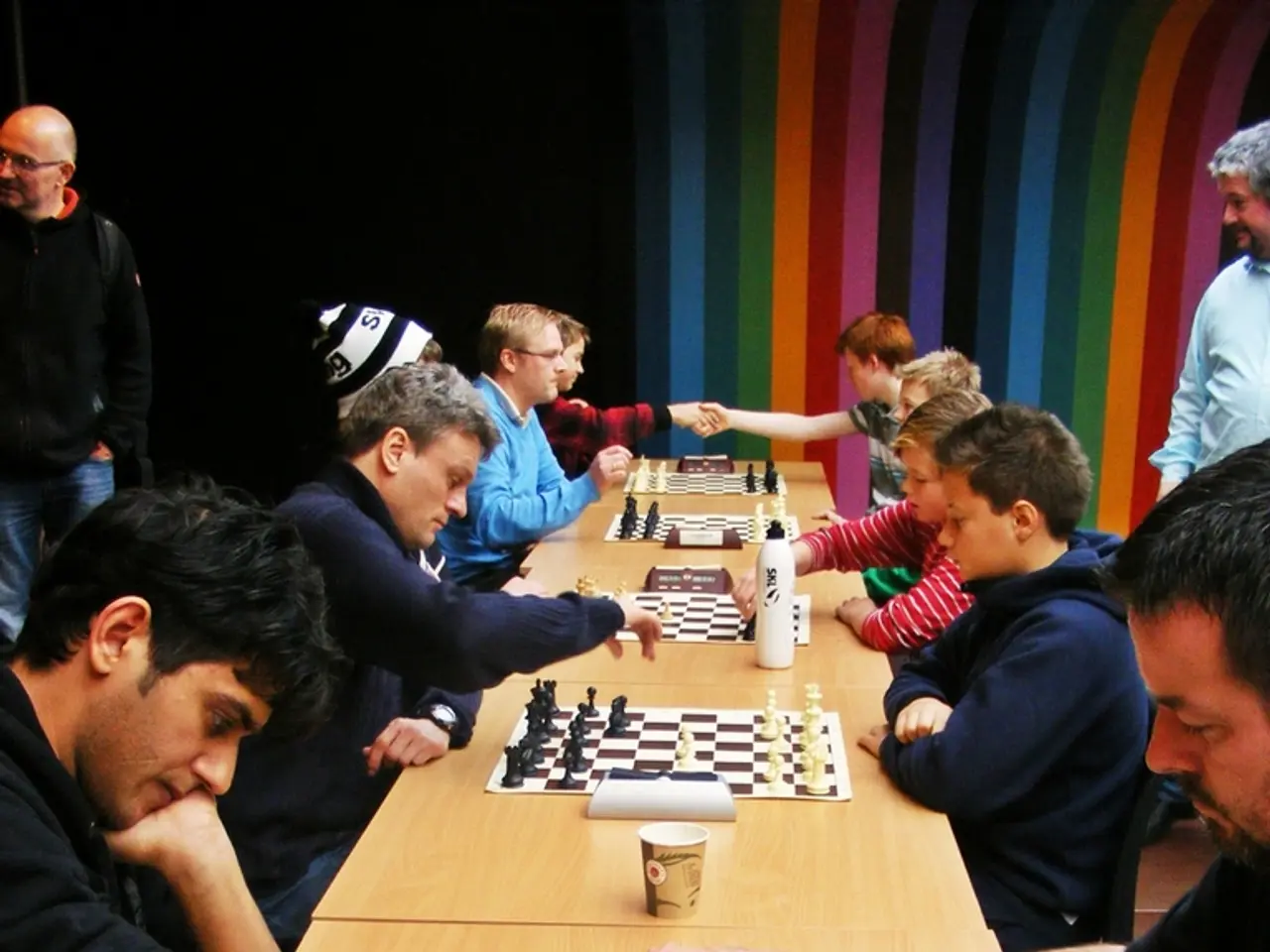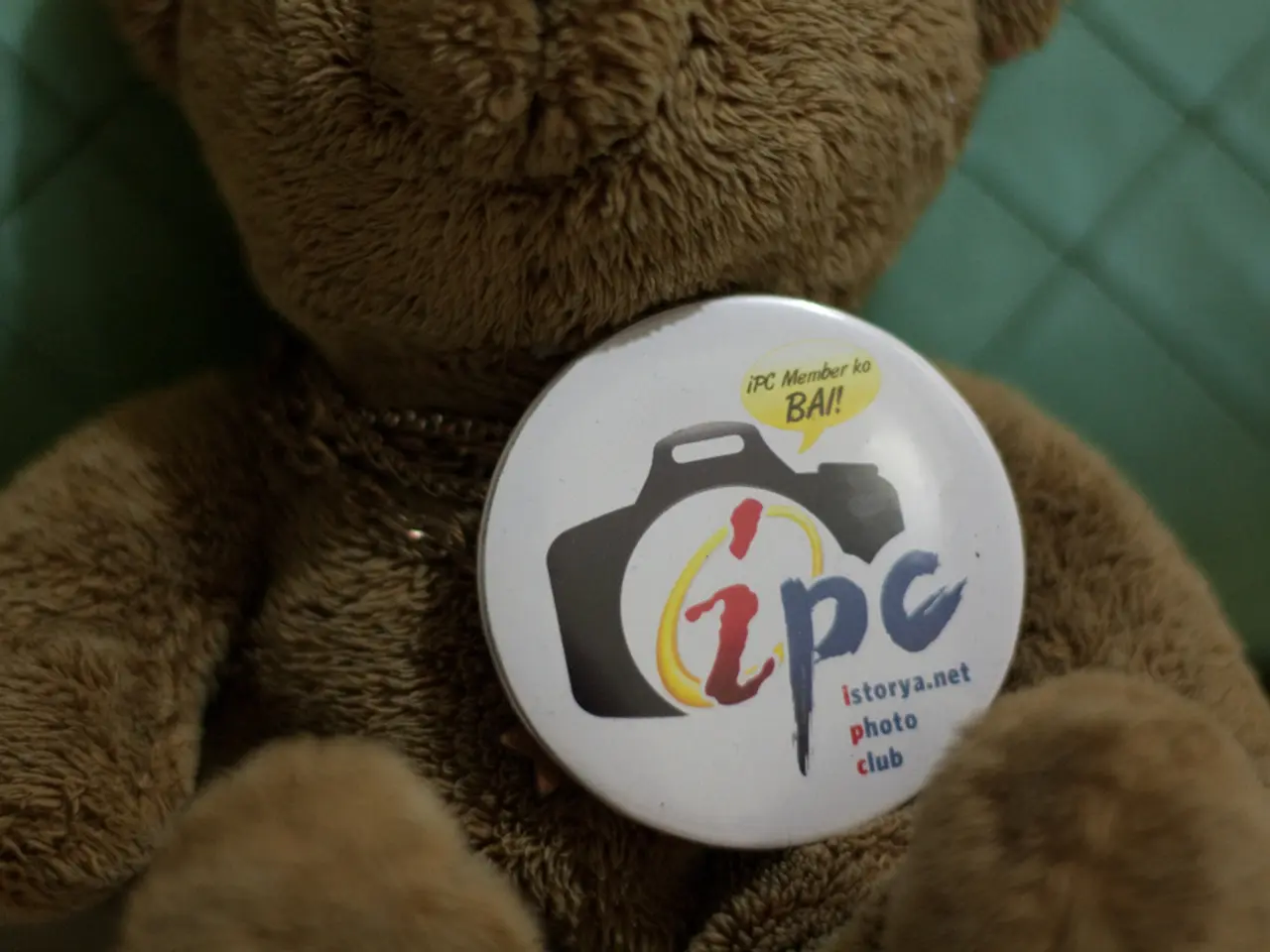Strategies for Mending an Anxious-Avoidant Romantic Connection, with Insights on When to Part Ways
Improving Anxious-Avoidant Relationships: Strategies for a Healthier Connection
Anxious-avoidant relationships, characterized by patterns of avoidant or anxious behaviors, can be challenging but not insurmountable. Here are some strategies that can help improve these relationships and foster a healthier emotional connection.
Clear, Calm, and Honest Communication
Avoidant partners may withdraw in response to reactive or chaotic communication from anxious partners. To prevent defensiveness and foster genuine reflection and accountability, it's essential to communicate with clarity, calmness, and self-respect, stating needs without blame or emotional volatility.
Adopt a Sustainable Pace
Anxious partners may seek rapid emotional closeness, which can overwhelm avoidant partners and trigger withdrawal. Slowing down to focus on consistency, curiosity, and gradual connection allows avoidant partners to feel safe and reduces panic or self-sabotage in the relationship.
Break the Push-Pull Cycle with Compassion
Both partners should shift perspective to see each other’s attachment behaviors as coping mechanisms rooted in past experiences. The avoidant partner can validate the anxious partner’s needs (e.g., acknowledging their desire for closeness), while the anxious partner can practice giving space. Celebrating small progress when partners step outside their comfort zones strengthens teamwork and trust.
Build Trust Through Vulnerability and Empathy
Opening up vulnerably and empathizing with each other’s emotions creates safety and intimacy essential for connection, especially where avoidant patterns exist.
Establish Clear Boundaries and Expectations
Setting boundaries and practicing open, honest communication help both partners feel secure.
Engage in Shared Activities and Goals
Doing hobbies together, planning dates, or working toward shared goals can deepen meaningful connection and emotional intimacy.
Challenge Negative Thoughts (for Anxious Partners)
Anxious individuals can improve their emotional regulation by recognizing fearful or insecure thoughts, assessing evidence realistically, and reframing worries based on positive interactions and facts.
By implementing these strategies, anxious-avoidant relationships can move towards a dynamic where both partners’ fears and needs are acknowledged with compassion and respect, promoting healthier emotional connection over time. The focus is on mutual understanding, pacing interaction to avoid overwhelm, and nurturing trust through consistent, clear, and empathetic communication.
Understanding one's attachment style, whether anxious or avoidant, can provide insight into these relationships. Taking a quiz to determine one's attachment style can be a helpful starting point. However, it's essential to remember that every relationship is unique, and these strategies should be tailored to the specific circumstances of each couple.
It's also important to note that the question of when to leave a relationship is a complex one that requires careful consideration and may not be directly addressed by these strategies. Ultimately, the decision to leave a relationship should be based on whether it is causing more harm than good to both partners.
[1] Gottman Institute. (n.d.). The Four Horsemen of the Apocalypse. Retrieved from https://www.gottman.com/blog/the-four-horsemen-of-the-apocalypse/ [2] Johnson, S. M. (2008). Hold Me Tight: Seven Conversations for a Lifetime of Love. Little, Brown Spark. [3] Levine, H. (2010). Attached: The New Science of Adult Attachment and How It Can Help You Find—and Keep—Love. Dutton. [4] Scharfe, R. (2010). The Power of Two: Finding Happiness, Love, and Freedom at Any Age. HarperCollins.
- The adoptive pace strategy helps avoidant partners to feel safe, reducing instances of panic or self-sabotage in relationships by focusing on consistency, curiosity, and gradual connection.
- Clear, calm, and honest communication can prevent defensiveness and foster genuine reflection and accountability in anxious-avoidant relationships.
- The break of the push-pull cycle in anxious-avoidant relationships can be accomplished by celebrating small progress when partners step outside their comfort zones, understanding each other's attachment behaviors as coping mechanisms, and practicing compassion instead of blame.
- Building trust through vulnerability and empathy is essential for connection in anxious-avoidant relationships, creating safety and intimacy that is necessary to overcome past patterns.
- Establishing clear boundaries and expectations can help both partners in anxious-avoidant relationships feel secure by promoting mutual understanding and respect.
- Shared activities and goals contribute to deepening meaningful connection and emotional intimacy in anxious-avoidant relationships.
- Anxious individuals can improve their emotional regulation by recognizing fearful or insecure thoughts, assessing evidence realistically, and reframing worries based on positive interactions and facts.
- Engaging in art or creative expression can offer a therapeutic avenue for managing and expressing emotions in anxious-avoidant relationships.
- Science has uncovered the impact of mental health on overall health-and-wellness, making it crucial to employ therapies-and-treatments designed to improve and preserve anxiety-avoidant relationships for a healthier lifestyle.
- Understanding family dynamics and dynamics in love-and-dating can provide valuable insights into overcoming anxious-avoidant attachment patterns, leading to healthier relationships.




